Moving Crops and the Scales of History is a scholarly collective working at the intersection of global history, agricultural history, and the histories of science and technology, to play with scales of historical writing and historical space, time and agency. We selected crops as our device to rethink narratives of global circulations because they are a very special type of human artefact, living organisms literally rooted in their environment.
Moving Crops is experimental in form, focus and method, beginning with our experiment in collaborative writing. The four co-authors specialize in the history of crops in Asia, the Americas, Africa and Europe, and work on a time-spectrum spanning the pre-modern, colonial and modern eras. We are all experts on history’s Big and Significant crops: cotton, rice, tea, wheat, oranges, tobacco. However, our goal was not to write yet another global history of emerging modernity, connecting the threads and integrating the networks structured around history’s winners. We wanted to write a more symmetrical and inclusive history, one that does not filter and flatten the variegated farming systems of past and present to trace a purified evolutionary line towards the contemporary “global food system.” Instead we wanted to show the much richer contributions of crops to history and their more complex temporalities. So we developed the concept of the cropscape. Like the landscape, of which it can be considered a variant, we propose the cropscape not as an object with strictly defined boundaries and components, but as a way of seeing and of looking, a multi-focal, multi-scale framing device.
Moving Crops: Image Gallery
Click below to scroll through the collection

A tea plantation in China: Workers roll the caper tea into balls. Coloured lithograph.
Courtesy : Wellcome Trust Collection UK
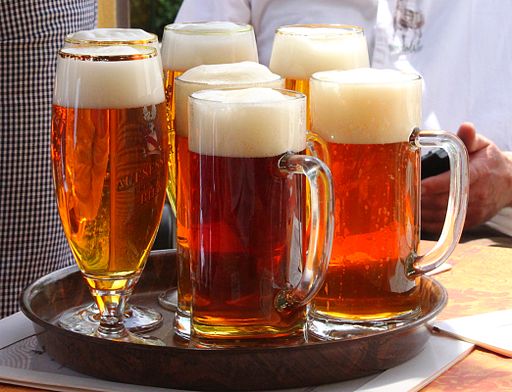
Tray of Western barley beers, picture released by author
https://commons.wikimedia.org/wiki/File:Aufse%C3%9F_Bier.JPG
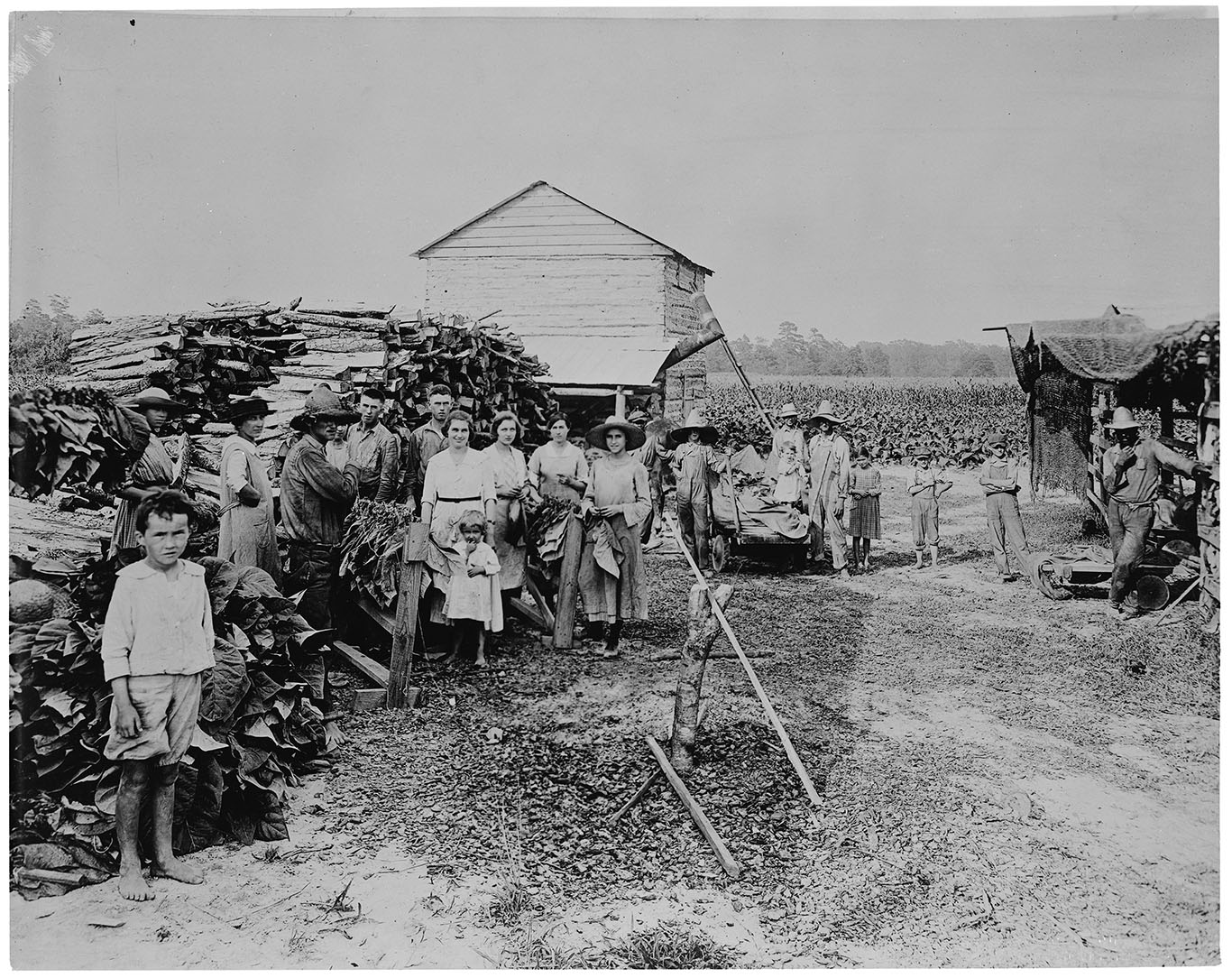
After the US Civil War, tobacco farms along the border of Virginia and North Carolina shrunk back to the small size that had disappeared with the rise of antebellum plantations. The small farms used larger labor forces to remain viable, and extended families rotated their labor across the farms of all family members for harvest and curing. Image courtesy of the North Carolina Collection, University of North Carolina at Chapel Hill.
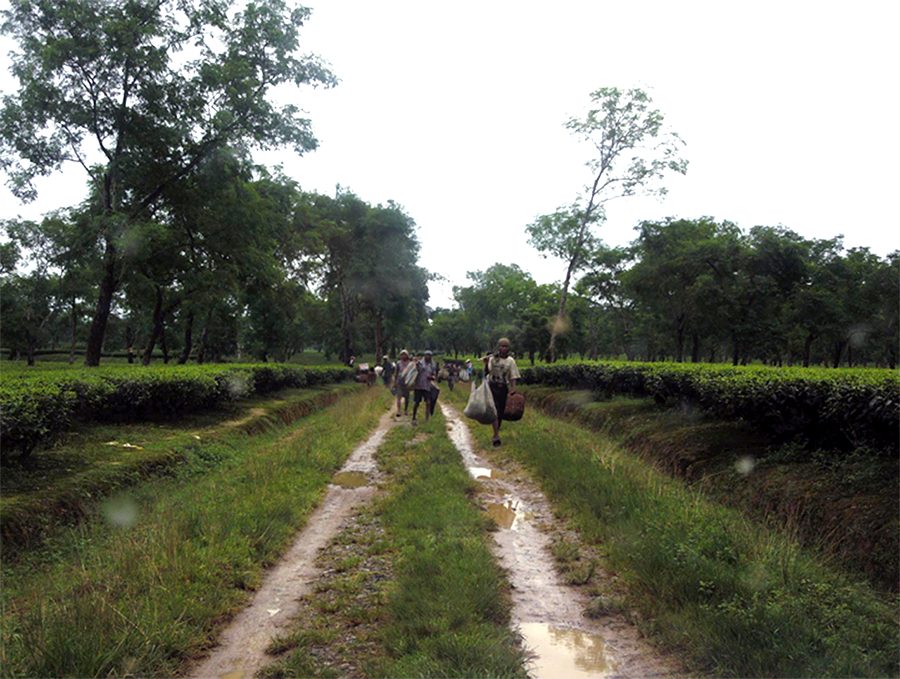
Cropscapes
Like the landscape, of which it can be considered a variant, we propose the cropscape not as an object with strictly defined boundaries and components, but as a way of seeing and of looking, a multi-focal, multi-scale framing device. For more Cropscapes and related information, or to propose a cropscape of your own, please consult https://www.francescabray.co.uk/cropscapes/
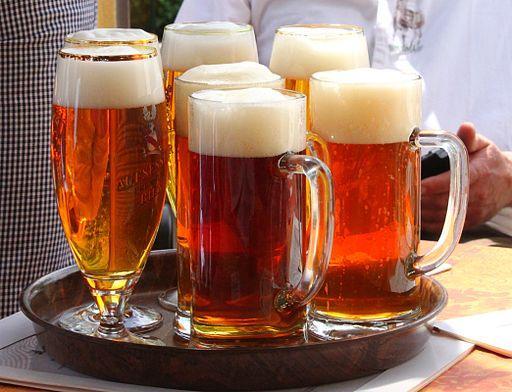
Beerscapes
Though most of us equate beer with its European variant, barley-beer, almost every human society produces some beer-like drink, a mildly alcoholic liquid brewed from locally available starches, one essential product of the local cropscape.
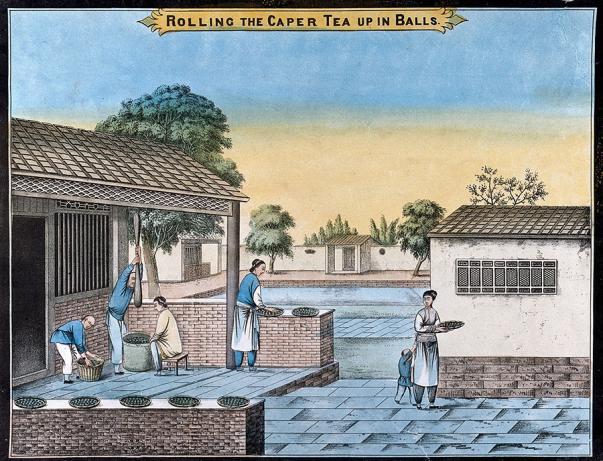
Teascapes
When the British began to grow tea in colonial India, the cropscape that developed was radically different from the Chinese scenario. The cultivation of tea as a commercial crop entailed the creation of new places, as the plantations radically altered the virgin forests they replaced.
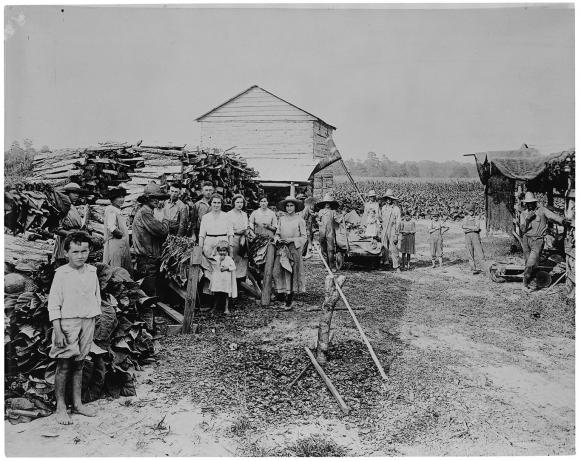
Tobaccoscapes
Cropscapes offer new perspectives on the size of tobacco cultivation units over the centuries. In other chapters we have analyzed the life-cycle flexibility of the tobacco plant—that is is a perennial grown commercially as an annual.
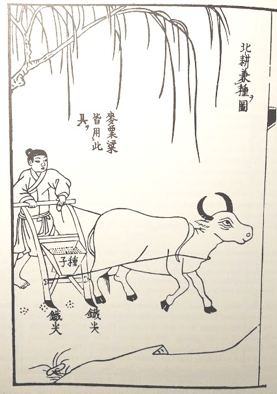
Waterscapes
Water is an essential component of all cropscapes. Crops need water and so too do humans and animals; water slakes the thirst of living creatures, and human populations also use water to keep clean, and for almost every kind of processing and manufacture, from cooking and pot-making to nuclear cooling towers.
Community
Book
Moving Crops and the Scales of History (currently nearing completion). We borrow our model from jazz and its non-linear explorations of themes. We offer six sets or chapters: Times, Places, Sizes, Actants, Compositions and Reproductions. Each set consists of several riffs or cases, deliberately contrasting cropscapes from different periods and of different scales. Rather than aiming at exhaustive coverage, we choose cropscapes that illustrate unexplored historical scales or connections, unexpected dynamics or constellations.




